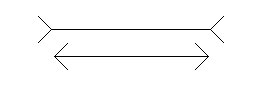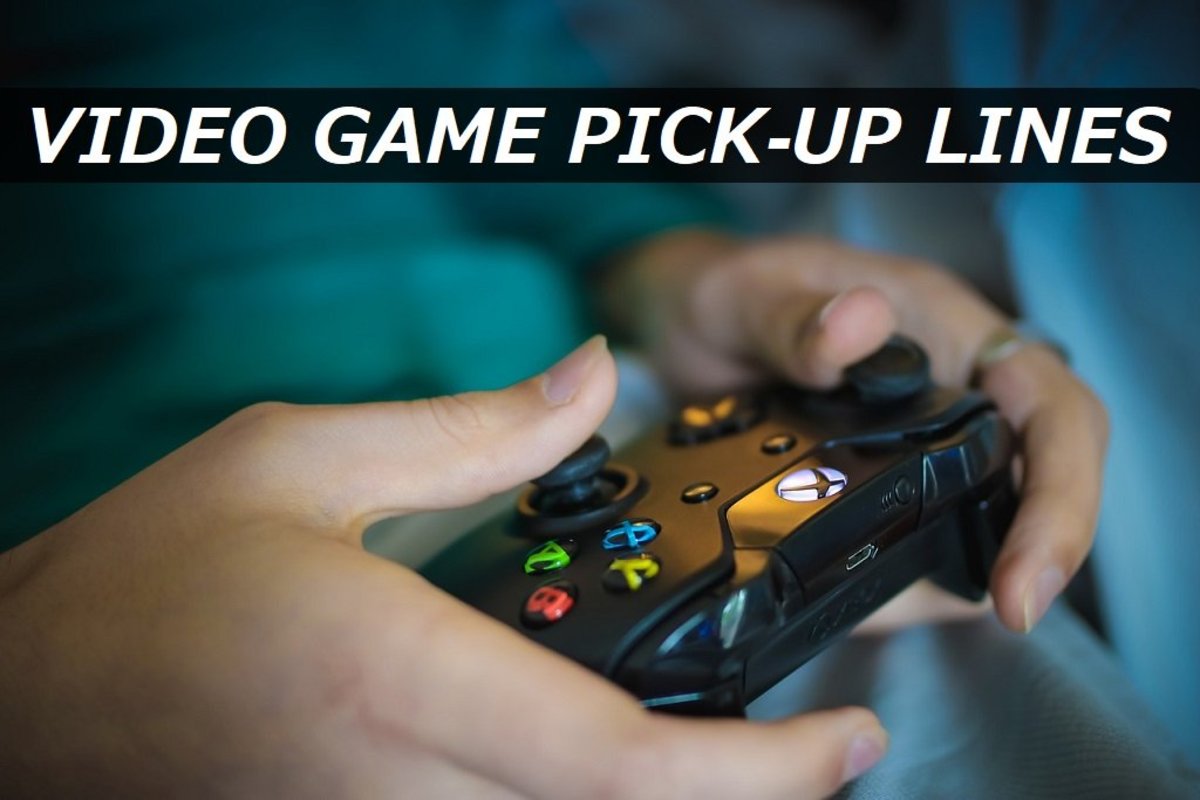What Are Micro-Messages and How Can You Benefit from Being Aware of Them?

By now, it is relatively safe to say that we are all aware of the subtle messages that body language can send. It is also safe to say that most adults know that their perceptions may not be in line with another's. Still, our individual filters are what we tend to rely on. The problem with that, though, is that there can be a vast difference between what is said or done and what we communicate. From our perspective, we may think we said and did all the right things. We may never be aware of any adverse reactions. But those negative results can damage relationships and the more often they occur, the more damage also occurs.
However, there is a lot to be learned from experts in the field, such as why it happens and how to avoid it. Dr. Mary Rowe, Adjunct Professor of Negotiation and Conflict Management and Ombudsperson at the Massachusetts Institute of Technology, has been studying the anomaly of micro-messages for over forty years. She first stumbled upon the negative side of these unique messages while developing her theory about the positive messages.
Stephen Young, the senior partner of Insight Education Systems, is also a leader in the field. He and his firm specialize in leadership and organizational development. In that respect, micro-messages have a powerful impact on a professional environment. Negative micro-messages, or micro-inequities, lower productivity and satisfaction rates. Conversely, positive micro-messages, micro-affirmations, bring out the best in others and improve satisfaction and performance. Though Dr. Rowe and Mr. Young place their focus in the work and academic fields, the lessons learned have the potential to cover a lot more ground.

Look at the image above. . .
Which line do you think is longer?
Think about, for instance, the doctor-patient relationship, the student-teacher relationship, or the employee-consumer relationship and, as you read further, consider what other areas of your life these theories might be useful in applying. By becoming aware of the kinds of micro-messages we are sending out, we can all become better leaders as well as better communicators.
Also, before reading any further, please take a moment to participate in the poll to the right. It will be discussed shortly.
Terms to Know
Micro-messages - Micro-messages are subtle messages sent to others, often through means other than verbal communication. They may or may not be different than the messages the sender thinks is communicated.
Micro-affirmations - According to Dr. Rowe, micro-affirmations are "apparently small acts, which are often ephemeral and hard to see, events that are public and private, often unconscious but very effective, which occur wherever people wish to help others succeed." [1]
Micro-inequities (also known as micro-aggressions)- Dr. Rowe describes micro-inequities as "hard to prove events, which are covert, often unintentional, frequently unrecognized by the perpetrator, which occur wherever people are perceived to be different."[1]
About Micro-Affirmations
Think about the ways in which people have made you feel valued - as a friend, as a colleague, or maybe as a customer. Many of those ways were not through words themselves. For instance, eye contact lets you know that you are valued and that what you have to say is important to the person listening. A head nod or a smile of approval can go just as far as verbally acknowledging a good idea. These little things get noticed in private as well as in public.
One such example of a noticeable micro-affirmation is one in which Stephen Young provides. He recalls a manager that he used to work with often introducing him by telling others to "watch out for this guy; he's trouble." Though the word choice might not have been the most appropriate, the tone of his voice and the friendly slap on the shoulder made it clear to everyone around that Stephen was a part of his boss's inner circle. His boss obviously did not believe that he was a bad seed, but rather thought highly of him.
While it may seem inconsequential, teasing indicates quite a bit about how one person feels toward another. Teasing can be a form of exclusion and bullying, or it can indicate a great fondness toward someone. Other such micro-affirmations and micro-inequities do the same thing. Consider giving full attention versus distractedly looking at a watch or texting while talking to someone else. Or think about online communication, especially in groups. Think about well thought out comments that may include small talk versus short and terse comments addressing someone else and think about skipping over a few remarks in favor of replying to others first. These little acts carry quite a bit of weight and are indeed consequential.
Why Do Micro-Inequities Occur?
We have all likely been guilty of doing it to someone else and have also probably had it happen to us. As Dr. Rowe explained, micro-inequities occur wherever differences are. They can also happen whenever differences are perceived. They are most often thought about in the context of distinct differences, most present wherever marginalized groups of individuals are present. However, the differences need not be so noticeable.
Remember the poll above? What was your answer? Most will answer that both of the lines are the same length. They are not. The top one is longer. However, when answering the question, people tend to go with the expected answer. We expect that this is the same question as the psychology illusion, which points out that the brain only imagines the top one is longer because of the way the arrow points. Either that or we assume that the image is a trick question and answering that they are the same length will somehow outsmart the trap. It is only natural to think that something seen before must be as expected now. But, as you have just learned, that is not always the case.
Nonetheless, because we tend to base things on past assumptions and experiences, we may inadvertently assume things about someone else. These expectations manifest themselves in ways so subtle within the mind that the offending party may not even realize it is happening. They usually occur as a result of assumptions made about things like a person's age, race, appearance, sexual orientation, or gender.
Why Are Micro-Inequities So Damaging?
The person that is offended may walk away from a meeting and feel marginalized for some apparently inexplicable reason that is hard to pinpoint. The perpetrator is unaware of acting in any offensive manner. The acts are so slight and seemingly insignificant that others are often unaware of them as well. Because of this, talking about the incidents is difficult at best. Even if others are aware of the slights, they are often attributed to something akin to bad manners or simply as poor judgment. It is easy to dismiss the offended's observances as paranoia and insecurities, something to just get over and that should not have been taken personally in the first place. The feelings are labeled valid, further damaging relationships.
Addressing these feelings with the perpetrator is even harder than speaking about them with peers. Though peers offer excuses for the behavior, the perpetrator just becomes defensive. The offenses were, after all, not intended to have that effect, and a defensive person is reluctant to accept any responsibility for another's reaction to his or her actions, usually assuming that the offended person is simply overly sensitive. But, since when is it ever okay to hurt the feelings of another, to make another feel less valued, or that expressing these feelings undermines the validity of a relationship - whether or not it was a conscious and intentional slight?
Even if it was okay, the fact remains that since these things are both hard to prove and hard to talk about, there is not likely to be an easy solution. Dismissing one or two incidents might be easy, but after some time it becomes difficult to overlook. Often, the solution is found in the termination of a relationship. Employees find a different place to work where they feel more valued and usually perform at higher levels. Customers find another place to shop where they feel more welcome. And in the context of academics, hopefully, a student finds a more suitable mentor to encourage success.
How Do You Avoid Micro-Inequities?
There may never be a way to avoid micro-inequities altogether, but there are ways in which to marginalize them instead of allowing someone else to feel marginalized. The first step in making that happen is becoming aware of the fact that they can and do happen. The second step is realizing that no one is immune to sending micro-aggressive messages or to receiving them. Third, try to do your part in sending out micro-affirmative messages to those around you.
It does not take much. A simple "job well done" comment to a colleague after a presentation provides a sincere sense of appreciation. Do not greet one person more enthusiastically than another. Do not exclude those who should be a part of a conversation or meeting. Little things make a huge difference. The micro-affirmations do not have to come from persons of power. Peers on the same level can also provide them.
Additionally, according to Anna Giraldo-Kerr, micro-affirmations have the potential to reverse the effects of micro-inequities[2] because a person cannot create an inequity while affirming someone else. Plus, affirmations have a snowball effect that tends to make others let go of any effects micro-inequities have had much more easily. Lastly, "witnessing small, appreciative acts allows others to see its effects and invites them to replicate these, influencing their behavior and possibly their environment." [2]

Just in Case. . .
Just in case you doubted, the diagram to the right is the same one you voted on above. The only difference is that a red box is included in this one to show that the bottom line is indeed shorter than the top one. Notice how its points do not reach the bottom corners and the top ones do?
1. http://ombud.mit.edu/sites/default/files/documents/micro-affirm-ineq.pdf
2. http://www.colormagazineusa.com/index.php?option=com_content&view=article&id=369:micro-affirmations
© 2015 Shannon Henry








